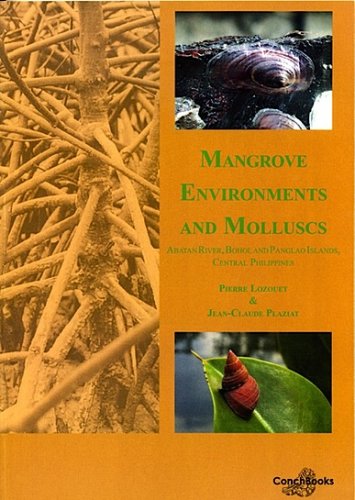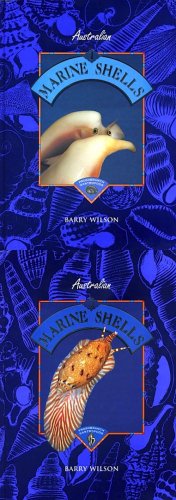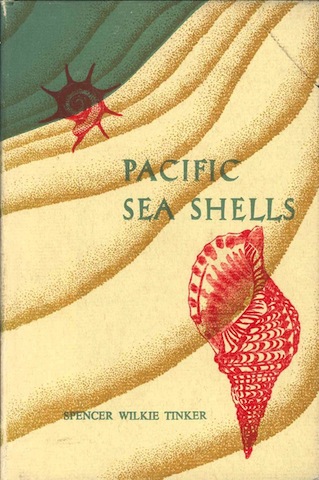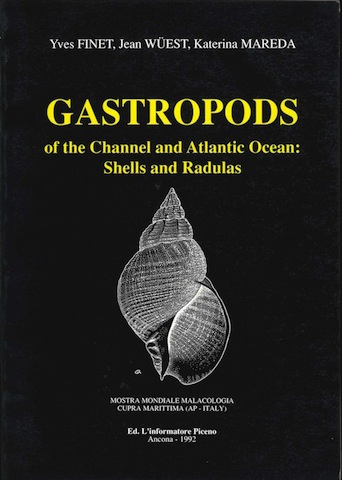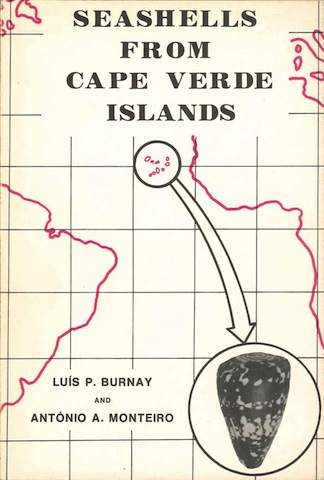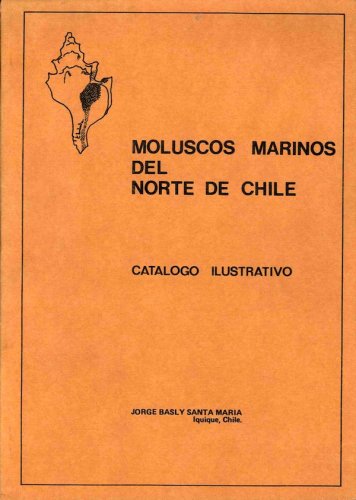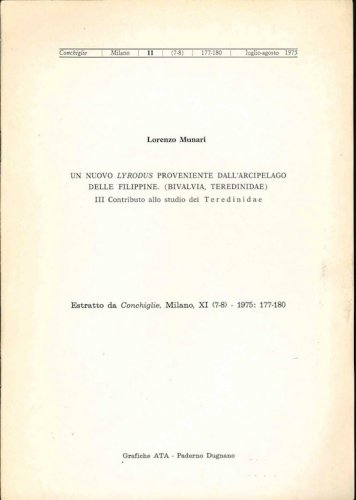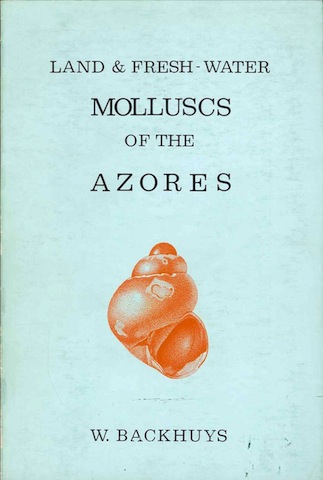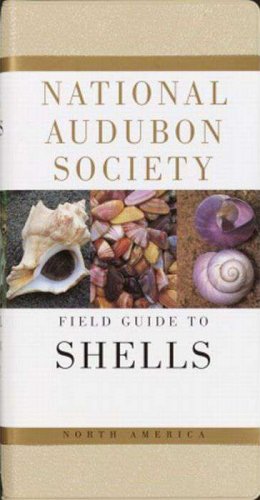Mangrove enviroments and molluscs
Abatan river, Bohol and Panglao islands, central Philippines
Mangrove enviroments and molluscs
Abatan river, Bohol and Panglao islands, central Philippines
Lozouet Pierre, Plaziat Jean-Claude
- Disponibile in 7 giorni
- Possibilità di reso entro 10 giorni lavorativi
- Transazione sicura con carta di credito, Paypal o bonifico bancario
- Spedizione tracciata con SDA
This multi-purpose book attempts to illustrate the actual diversity of one of the richest mangrove-associated malacofaunas typical of the Indo-Malayan domain. We insist on the nonexhaustivity of the study and we regret for the incomplete systematic analysis of several families. In compensation, we offer a near-complete illustration of the collected taxa, which may constitute a starting point for future investigations. Because this is the first attempt to create a fully illustrated mangrove mollusc monograph, the authors hope that it will be eclipsed by contributions from the same biogeographical province or from the American coasts. We also suggest that valid biodiversity comparisons should be based on rigorously selected environmental analyses rather than more or less complex and varied associations of biotopes. This work nevertheless demonstrates in common with more general biodiversity studies, that detailed investigations reveal unexpected species. In the selective mangal life environments we have only suspected a few possible new species (e.g. the Pomatiopsidae Floridiscrobs). It may result from the especially severe selective factors of this particular ecosystem. The necessary distinction between mangal (tidal forest ecosystem) and its peripheral, unshaded tidal ecosystems (intertidal mud banks and estuarine channels) is a prerequisite (constraining the field work) for precise characterization of mangal malacofaunas. In the case of the Abatan River system, the zonation of vegetation assemblages confirmed the indissociable partnership of Nypa and dicot mangrove trees in the mangal swamps, reflected in the malacological point of view. This is the first answer to the ancient question of the possible specificity of the malacofauna of Nypa swamp subenvironments, which is part of the more fundamental questioning of the Nypa palm significance: an authentic mangal component or an optional associate, rather characteristic of a back-mangal original environment. This local evidence confirms unpublished observations of the authors throughout the Indo-Malayan domain, in full agreement with the opinions of prominent botanists (Tomlinson, 1986; Duke, 2006). Nypa assumes the role of a true mangrove tree. Most modern studies of mangroves are devoted to specific problems and conservation or reforestation projects. The need for concrete and well-illustrated monographs remains for most of the mangrove biogeographical provinces. The production of descriptive natural history monographs is a first step in the answer to new demands emanating from interrogations on the evolution of the planetary biodiversity.
Autore
Ean / Isbn
978393976716
Pagine
160
Data pubblicazione
01/11/2008

